Industry information
Company News
- Customized aluminum veneer, creating a new trend of personalized space
- The secret of honeycomb aluminum plate: lightweight and high-strength, the new favorite of future industry
- Aluminum veneer customization, creating a new trend of personalized space
- Aluminum honeycomb panel: the technological power behind lightweight building materials
- Aluminum veneer: the fashionable choice for modern architecture
Industry dynamics
- Aluminum ceiling, the elegant choice for modern homes!
- Aluminum curtain wall, the fashionable coat of modern architecture
- Public style aluminum veneer building
- The secret of aluminum honeycomb panel: the technological charm behind its lightweight design
- Aluminum Curtain Wall: A Fashionable Choice in Modern Architecture
Frequently asked questions
- What is the manufacturing process of aluminum veneer?
- Can aluminum veneer be used in the design of building arch bridges?
- How to evaluate the impact of environmental certification for aluminum veneer on the appearance of buildings?
- Is the surface treatment of aluminum veneer durable?
- Has the production process of aluminum veneer reduced energy consumption?
contact us
Mobile:+86 15627778610
Email: 2201229786
Address: No. 5 Binjiang Road, High tech Zone, Zhaoqing City, Guangdong Province
Analysis of the advantages and disadvantages of 2.0mm aluminum veneer ceiling
- Author: Lesilong Technology (Guangdong) Co., Ltd
- Release time: March 15, 2025 23:04:16
- Click:0
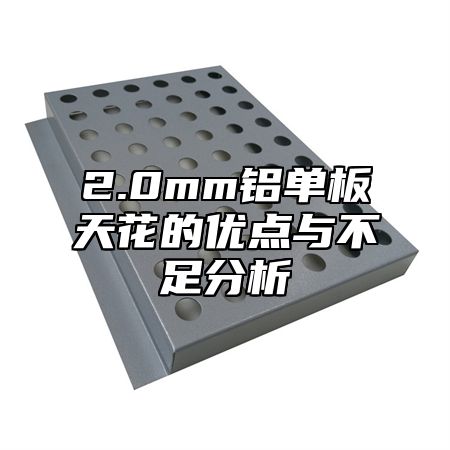
2.0mmAluminum veneerCeiling is a new type of building material that has the characteristics of lightweight, high strength, and corrosion resistance, and has been widely used in the field of architectural decoration. Like any material, 2.0mm aluminum veneer ceiling also has some advantages and disadvantages. This article will analyze the advantages and disadvantages of 2.0mm aluminum veneer ceiling.
1、 Advantages
1. Lightweight
2.0mm aluminum veneer ceiling has a relatively low density and light weight, which can reduce the weight of buildings and lower energy consumption.
2. High strength
The 2.0mm aluminum veneer ceiling is made of high-strength aluminum alloy sheet, which has a strength many times higher than ordinary aluminum material. This makes the 2.0mm aluminum veneer ceiling have excellent wind pressure resistance, seismic resistance, and fire resistance.
3. Corrosion resistance
The surface of 2.0mm aluminum veneer ceiling is treated with anodizing to form an oxide film, which has good corrosion resistance. It also has good corrosion resistance and can be used for a long time in various harsh environments.
4. Easy to process
2.0mm aluminum veneer ceiling has good processability and can be cut, bent, welded and processed according to different design requirements to meet different building decoration needs.
5. Beautiful and elegant
The 2.0mm aluminum veneer ceiling has a simple and stylish exterior design, which can add more beauty and artistic value to buildings. Its colors are rich and colorful, and can be selected according to different design requirements.
2、 Insufficient
1. Difficulty in installation
The installation of 2.0mm aluminum veneer ceiling requires professional technical and equipment support, which is difficult for ordinary construction workers to install. If installed improperly, it may affect the effectiveness and lifespan of the building.
2. High price
Compared to traditional materials such as gypsum board or mineral wool board, the price of 2.0mm aluminum veneer ceiling is higher, which will increase the cost of building construction.
3. Easy to deform due to moisture
Although 2.0mm aluminum veneer ceiling has certain corrosion resistance, it is still susceptible to deformation due to the influence of humid environments. During use, it is important to maintain indoor dryness and ventilation to avoid moisture.
2.0mm aluminum veneer ceiling is a building material with many advantages, but there are also some shortcomings. In the process of use, it is necessary to fully consider its advantages and disadvantages, choose appropriate design schemes and construction methods, in order to achieve the best use effect and economic benefits.

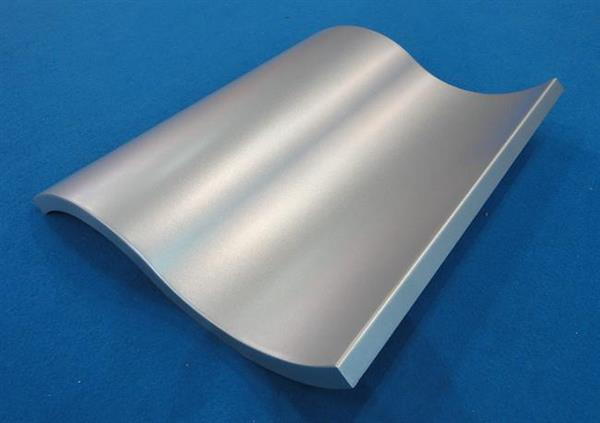
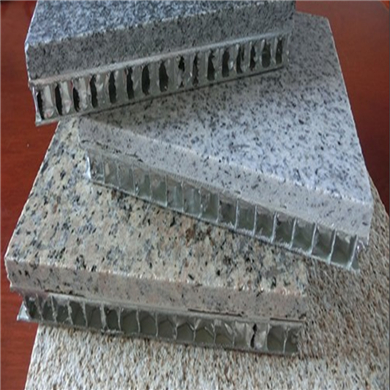
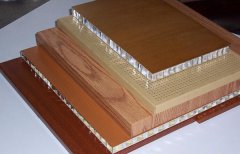
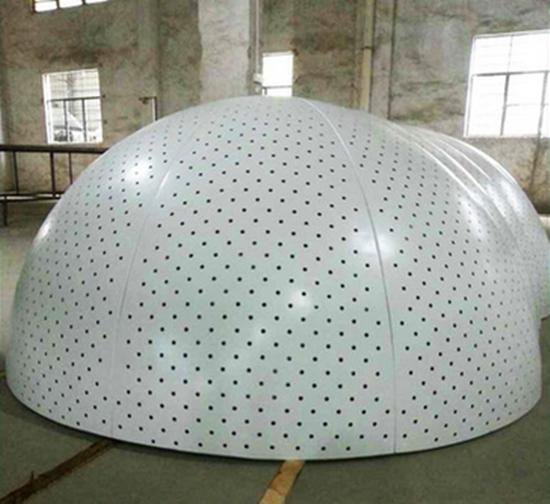

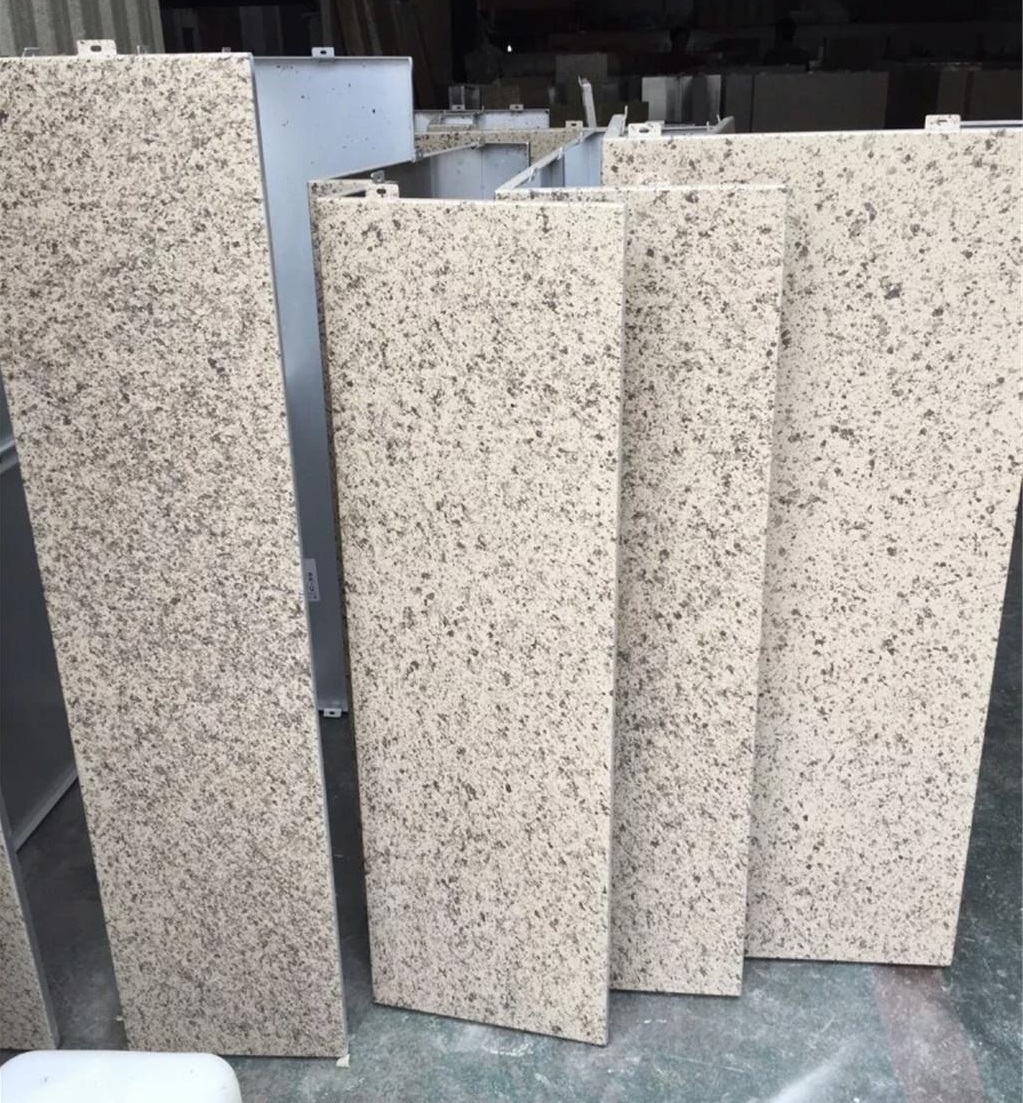
 Customer service QQ
Customer service QQ